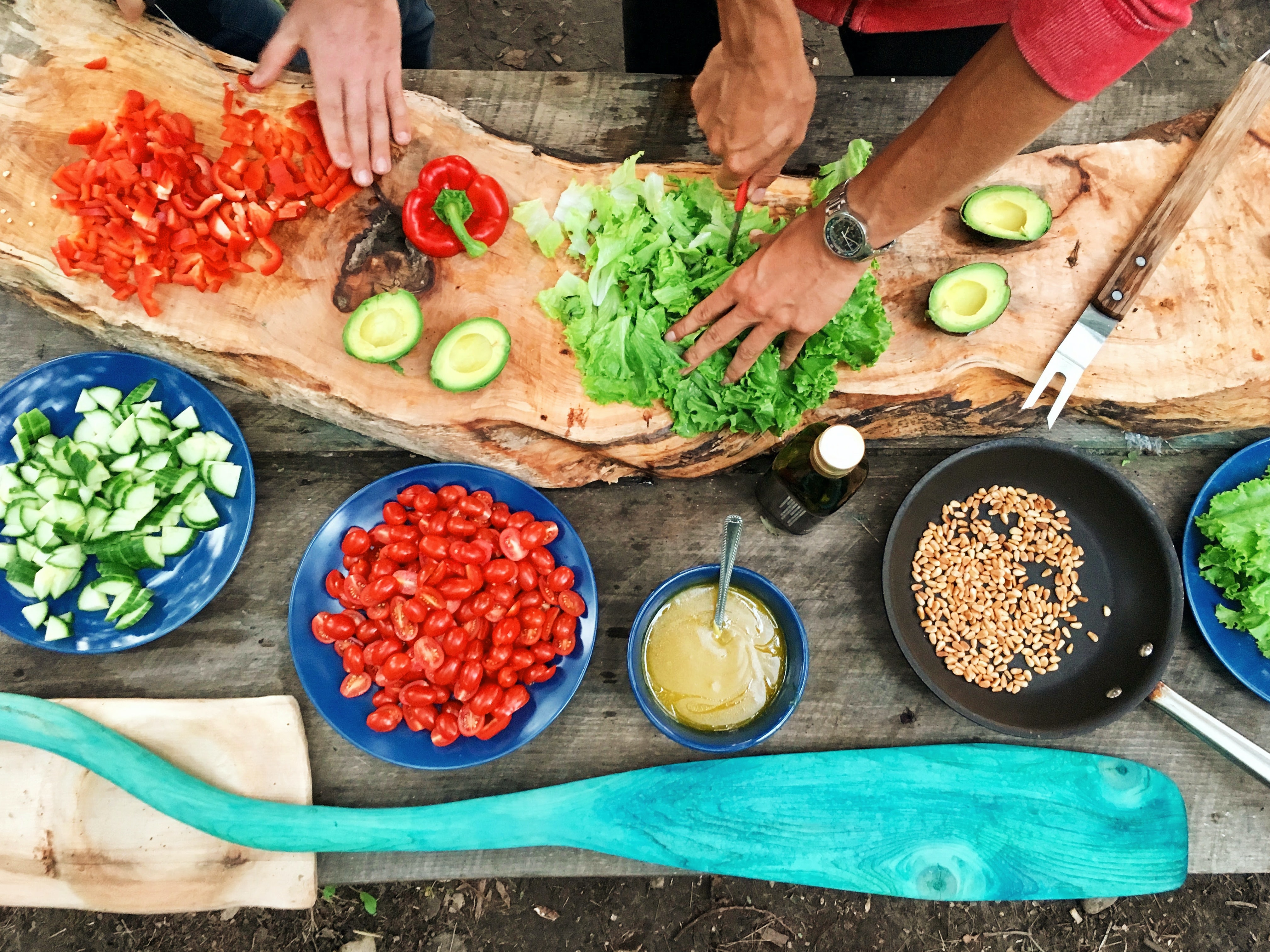Your Guide to Cooking with CBD Oil

Cannabidiol (CBD) is a derivative of the cannabis plant that doesn’t have psychoactive properties. Because of this, it’s unlikely to make you high. Its popularity has grown steadily because of its many therapeutic and health benefits. These range from anti-inflammation and pain relief to help ease the symptoms of seizures.
CBD can be taken or used in different forms such as smoking, oils and tinctures and even creams or lotions. Another way to ensure you incorporate the health benefits of CBD into your lifestyle is to add it to your food. It’s generally safe to use, but it’s always a good idea to consult a medical practitioner before you start using CBD. Let’s take a look at how you can cook with CBD, which foods it goes best with and how much you should be adding for the best results.
How can CBD be used as a food enhancer?
CBD can be found in the form of an oil, which is the best way to add it to your food. It can be added directly to food and we’d recommend that you start with small amounts of CBD oil to test what works best for your tastebuds. CBD has an earthy taste to it, so some may want to mask the taste completely but still consume all the health benefits. It also may not complement certain foods, but don’t worry, we’ll break everything down for you below.
Benefits of cooking with CBD oil
There are a few reasons why many people are opting for CBD oil to supplement their diets.
- Has therapeutics benefits
CBD has shown that it provides many health benefits. It’s a known pain reliever and anti-inflammatory. 71.1% of participants from a study said that CBD was a good treatment option. This is because the body has its own Endocannabinoid System (ECS) which contains receptor cells that interact with CBD to stimulate and improve its functions as a pain and inflammation regulator. Ingesting CBD with food will allow it to have longer lasting effects on the ECS because the CBD is released over an extended period of time while the digestive system processes it.
- Boosts plant synergy
When cooking with other natural ingredients, CBD can enhance their effects of them and vice versa. CBD contains terpenes, the compound that is responsible for the way any plant smells and their therapeutic effects. When combining CBD with other natural ingredients such as citruses and aromatic herbs like sage or rosemary, you could maximise the health benefits of each ingredient because they boost each other.
- Easy to add to food
CBD oil can easily be added to food or baked goods and it’s usually widely available. It’s recommended that you use an isolate product, compared to a full spectrum, so that there are no traces of other derivatives, such as Tetrahydrocannabinol (THC) which could make you high.
Rules to follow when cooking with CBD oil
To ensure you get the best out of CBD oil when cooking, there are a few rules you should follow:
- Refrain from heating CBD Oil
The most important rule is to avoid direct heat. A study showed that the chemical properties of CBD are altered above 160℃ (320℉). This can make it less effective. Rather add the oil after the food is cooked or into an element that doesn’t require any heating. For example, you can add CBD oil straight into a cold salad or into icing for a cake.
- Mix with another oil you’re more familiar with
Infusing olive, avocado or coconut oil with CBD is great for absorption in the digestive system because CBD is soluble in fats. This can make the CBD more effective and help you feel the therapeutic benefits better.
- Experiment with what works for you
Because CBD has a strong, earthy taste, some people may want to mask it. In that case, it works well with chocolate and coffee, or other foods with deep and rich flavours. Others may enjoy the taste and so they can use it to balance flavours like ginger and lime.
- Store CBD oil properly
To ensure you don’t lower the effectiveness of CBD oil, it should be kept away from moisture and heat or direct sunlight. The best place to keep it would be in an upright container located in a dry pantry. Keeping CBD oil in a refrigerator may make it thicker, which means it will have to be heated before use, and then it could lose its potency.
- Be patient with the effects
When infused with food, CBD has to pass through the digestive system and metabolise before it can reach the bloodstream and you feel its effects. This is known as the first-pass effect. So remember to give it a bit of time to kick in.
- Be cautious with interactions ie alcohol and medications
Although CBD doesn’t have psychoactive properties, you should still be cautious when consuming it with alcohol. You should also be cautious of any interaction with medication, especially if you’re serving CBD infused food to other people. Make sure they’re aware of what they’re eating and consult with a medical practitioner beforehand if on any medication.
How much CBD oil should you add to food?
Whenever you’re dosing for CBD, it’s always best to start with a small amount and then you can work your way up from there if need be. But remember to take it slow if you decide to increase your dose. A recommended amount would be to start with 5 milligrams per serving. You can learn more about first time dosing with our beginner’s guide.
Which foods can you add CBD oil to?
CBD works well in these foods, but remember to avoid temperatures above 160℃ (320℉). You should plate your food first if you need to go above that and then add the CBD oil.
- Soups
- Sautéed vegetables
- Coffee
- Baked goods
- Sauces
- Salads
- Pasta
The takeaway
CBD can add a delicious and functional flair to your lifestyle. It offers many health benefits and adding it to your food is an easy way to experience them. Remember to follow the rules of cooking with CBD to ensure that you don’t lose any effectiveness. Have fun experimenting with different recipes and ways to incorporate CBD oil into your diet that best suit your preferences.














